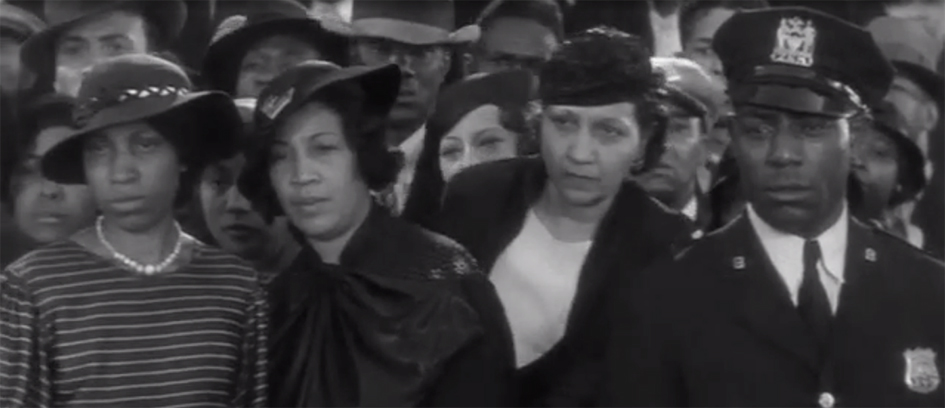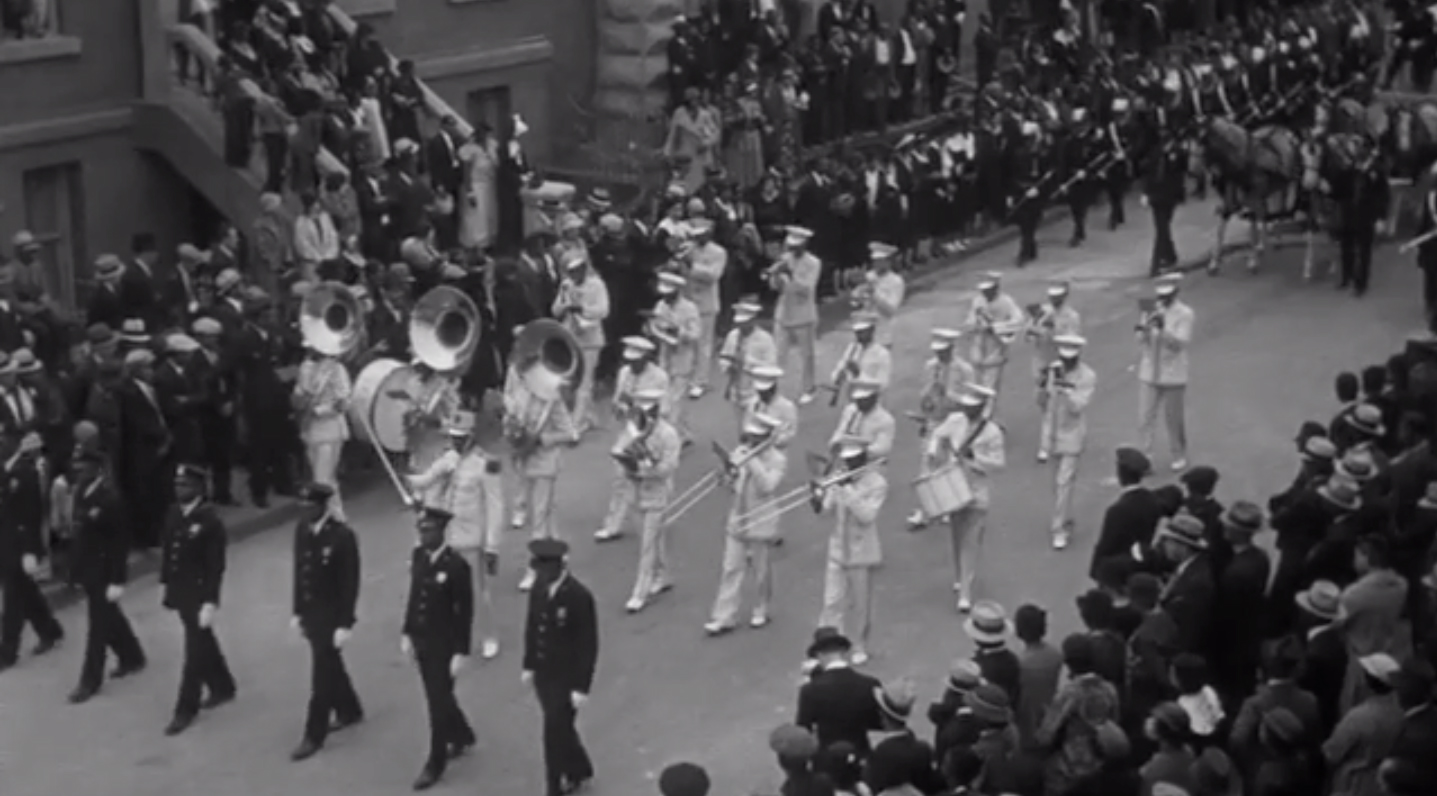Charles Butler: Central Casting’s First African American Extras Casting Director

To celebrate Black History Month, we spotlight Charles Butler, the extras Casting Director who ran Central Casting's African American division from the 1920s-1930s.
In the early days of extras casting, African Americans were hired for extra and bit parts by a representative who served as a go-between for studios and minority groups. Studios gave the casting representative a breakdown of the roles they needed, then the representative would go to minority neighborhoods around Los Angeles to cast the parts.
That changed in 1927, when Central Casting hired Charles Butler to run its new African American division. According to The New Yorker, during this time Butler was one of the few African Americans working behind the scenes in Hollywood. He started his career at the Cinema Auxiliary, which cast actors for various roles in Hollywood films, then went on to run a private casting agency called the Cinema Exchange.
The Central Casting Corporation was created in 1925 by Will Hays, the president of the Motion Picture Producers and Distributors of America, to regulate the influx of extras in Hollywood. Central Casting became the main route to extra work in the industry and with the creation of the African American division, the old system of using a go-between all but vanished.
By 1929, Butler had made 11,000 placements and cultivated a list of 1,900 registered extras. Most African American extras made an average of $7.50 a day, though some who performed specialty roles were paid $20-35 per day. During the early 1930s, an average of 30 African Americans were cast as extras every day, sometimes more than 300 per production.
To keep an eye on emerging talent, Butler checked in with his old contacts in South Central Los Angeles, scouted local churches, and attended amateur singing contests.
It was at one of those amateur contests where Butler first heard Louise Beavers sing. He reached out to convince her to audition for films and shortly after Beavers began booking on-screen roles. She went on to appear in over 150 films during her career, including her much lauded performance as Delilah Johnson in Imitation of Life (1934). Central Casting cast extras for Imitation of Life, including 550 people for a funeral scene. Butler cast the scene and got the extras to set with only an hour's notice.

One of those 550 extras was Hattie McDaniel. Butler cast McDaniel in over a hundred extra and bit parts between 1932 and 1938. In 1939, McDaniel got her big break by landing the role of Mammy in Gone with the Wind. The role earned her an Academy Award for Best Supporting Actress, making her the first African American to win an Academy Award.
"People are always telling me about the 'lucky break' I got in pictures," McDaniel wrote in a 1947 op-ed for The Hollywood Reporter. "I don't take the trouble to tell them of all the years I sang in choruses, worked in mob scenes, thankful for the smallest thing. A call from Charlie Butler at Central Casting was like a letter from home."
Butler ran the African American division until at least 1938 when Central Casting created a special department for all minority groups.
Interested in more Central Casting history? Check out our article 5 Legends Who Started as Background at Central Casting.